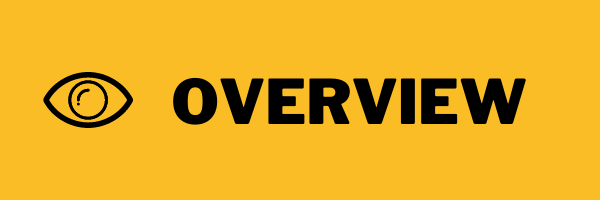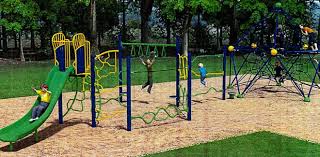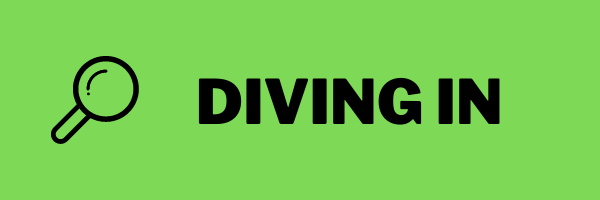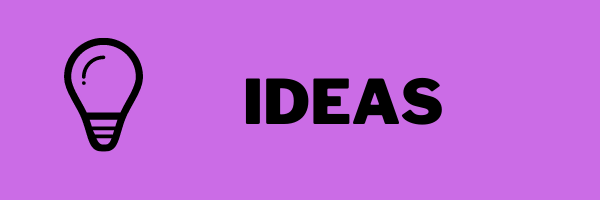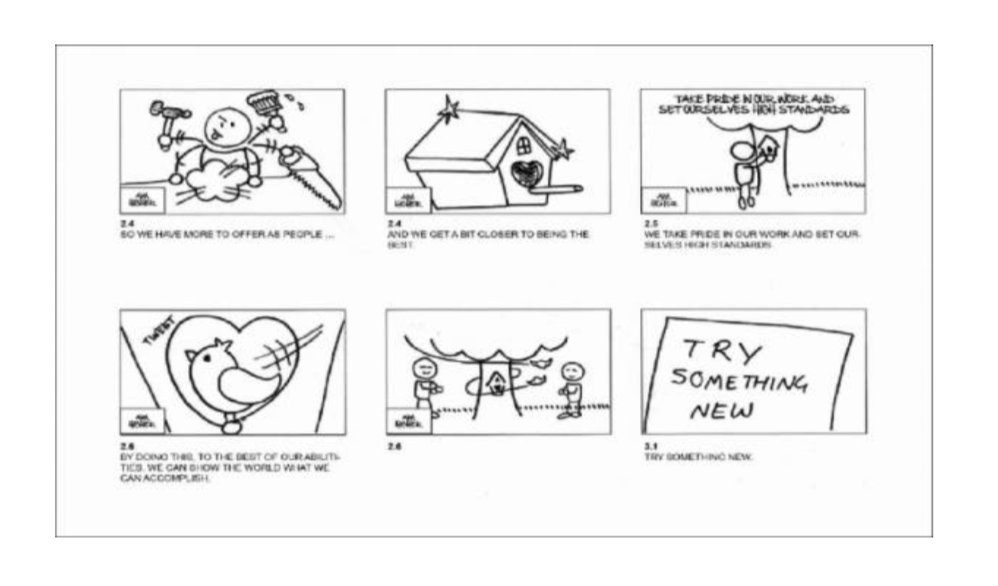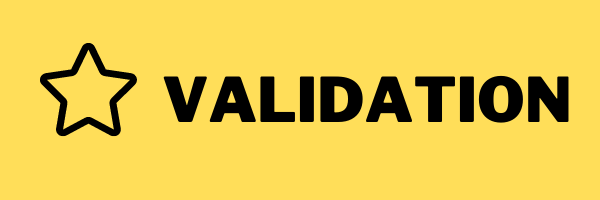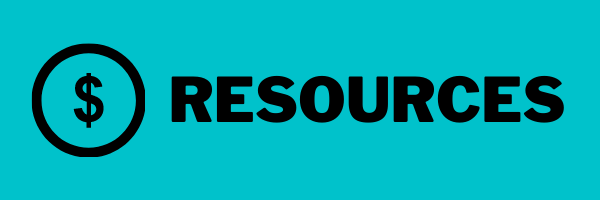Our Safe Playground
By: Mary Larson, Amy Schriber, and Valerie Watson
By: Mary Larson, Amy Schriber, and Valerie Watson
Project at a Glance :
This project begins with first graders investigating the social/emotional issues on an elementary playground. Project duration: 2 weeks.
Driving Question:
How can we make our playground safe?
|
Standards:
Entry Event:
|
Stakeholders:
|
Incubation:
|
|
Solution Building:
|
Authentic Audience:
|
Click here for teacher's full plan.
Reflection and Feedback:
|
Click here for M. Larson's class journey through PBL on Padlet.
Click here for A. Schriber's class journey through PBL on Padlet.
Click here for V. Watson's class journey through PBL on Padlet.
|
Meet the Educators:
Amy Schriber, Mary Larson, and Valerie Watson teach first grade at Robinson Elementary in Grand Haven MI. "PBL and Design Thinking is new to me this year! It's exciting to see that some of the things I already do in the classroom are integrated in PBL. Offering students voice, nudging them towards collaborative work and problem solving for real world problems, such as school related or community issues, and collaborating to build solutions and prototypes helps them to see themselves as thinkers, investigators, creators, engineers, and leaders. The idea of partnering with area businesses and building a stronger school-community relationship is also at the heart of PBL." ~ M. Larson "PBL and Design Thinking brings extra energy, excitement, and ownership to our learning in the classroom!" ~ A. Schriber "PBL is the most authentic process I have encountered, in my 29 years of teaching, to actively engage students in solving real life problems. Students work in teams to explore and undertake numerous options to produce authentic solutions. What better way to prepare them for the real world? Wish I had tried this years ago!" ~ V. Watson |
